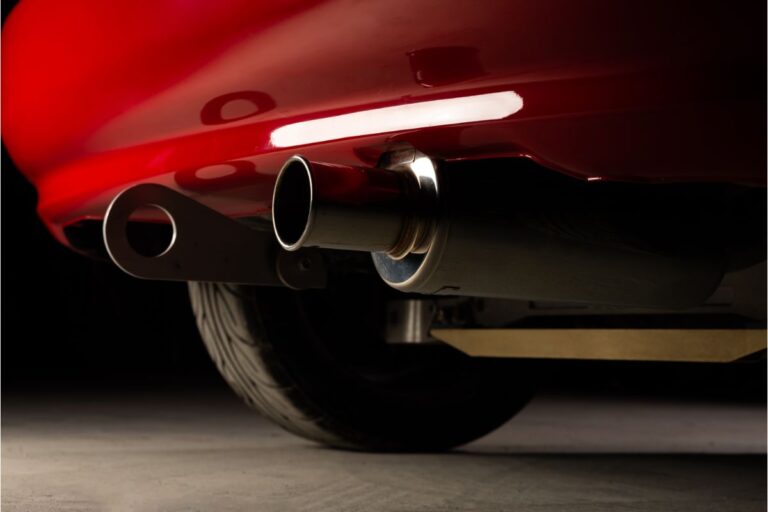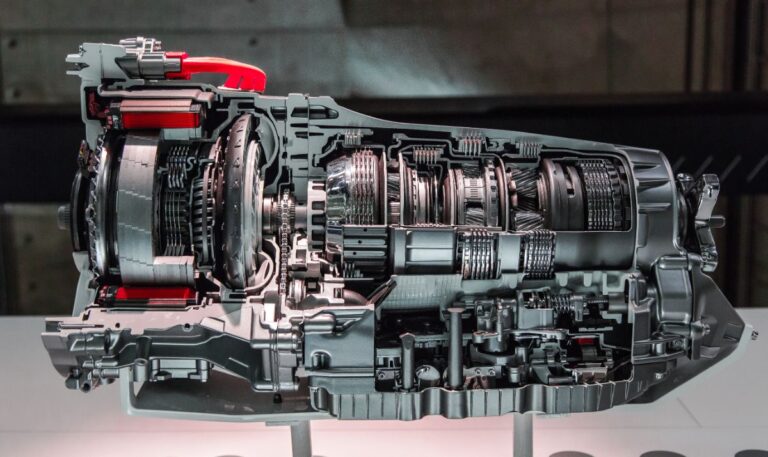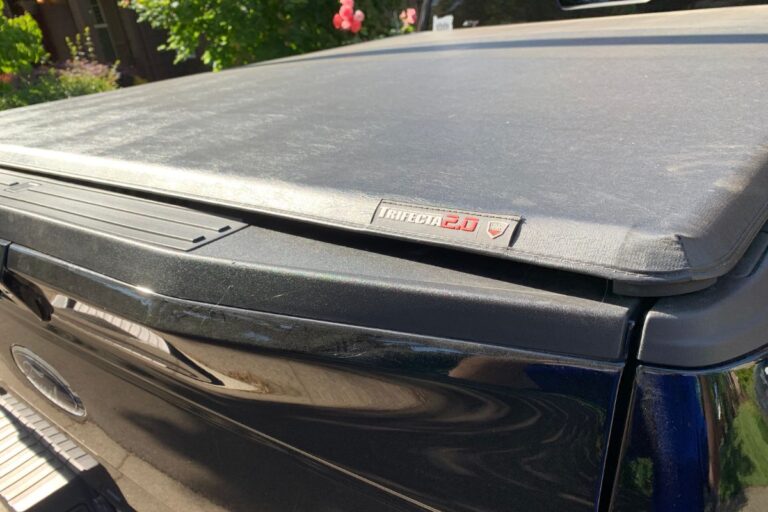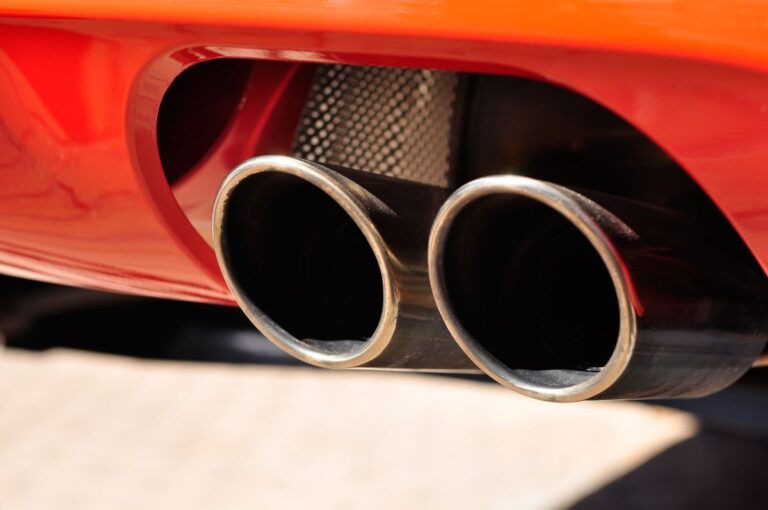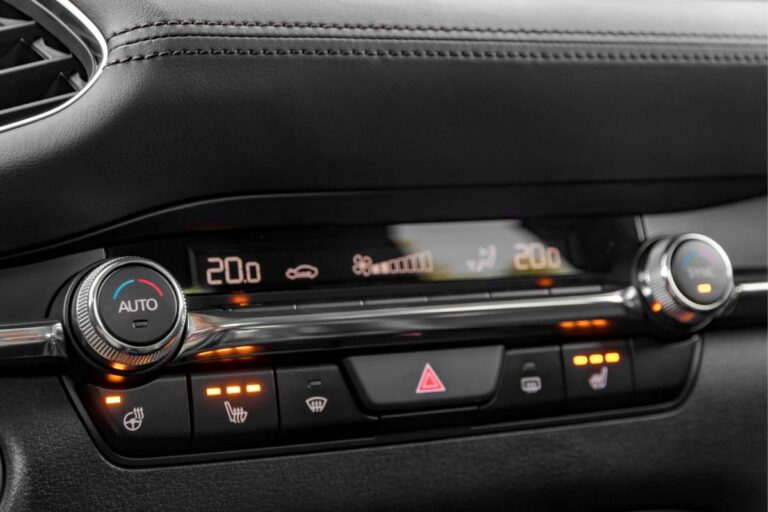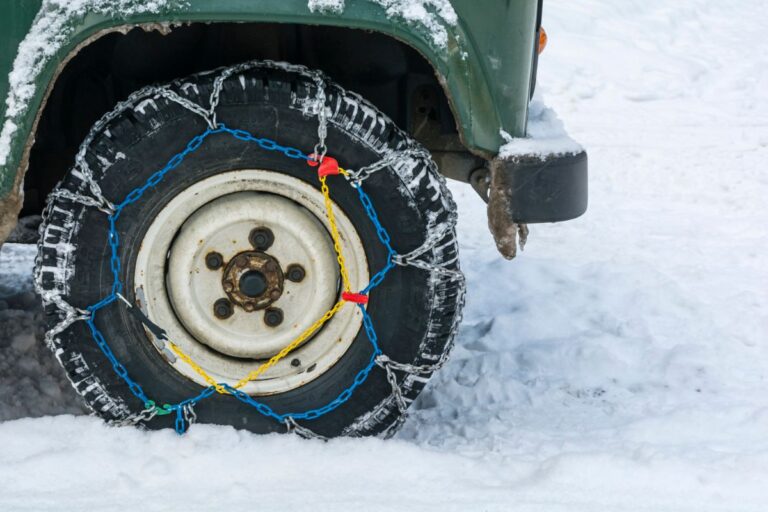
Yes, a muffler can get clogged, but cleaning or unclogging it can be very simple. It doesn’t necessarily require a trip to the mechanic unless you are worried about not putting the parts back correctly. The muffler and the exhaust system are made up of a large number of parts, with each part having its own role or function.
Because the muffler is important in removing waste from the vehicle, it is going to get dirty, and even clogged on occasion. Learn more about how to unclog mufflers here.
The Muffler Components
The muffler is part of a larger system of the car called the exhaust system. That is why when you have a muffler problem that you bring to the mechanic, the estimate can range from $200 to $1500 or even more, depending on the quality of your parts.
If you do not have a muffler, the car does not have a good system to remove the combustion chemicals from the vehicle. The function of the muffler is to prevent the chemicals of carbon monoxide, hydrogen and nitrogen oxides from getting into the vehicle and harming the occupants.
The components of the exhaust include the manifold, the muffler, the oxygen sensors, the flex pipe, and the parts that keep it together and sealed, such as the gaskets, clamps, and the isolator. The catalytic converter is also a key component of the muffler system.
The manifold in the exhaust will collect the gas from the engine and send the fumes from the cylinders out of the vehicle. The flex pipe allows the exhaust to work in concert with the engine and helps with the flow of the fumes and chemicals. The muffler itself does what the name implies, and muffles sound.
When the engine is working to emit the gases and fumes from the vehicle safely, it is burned gas and the result is noisy. A muffler will stifle those sounds. The catalytic converter is a part that will convert the toxic gases from the vehicle into safe chemicals such as carbon dioxide and water.
Causes of a Clogged Muffler

The fuel and fumes need to leave the engine through the muffler, and this is not only going to be noisy but will also be very dirty. In addition to a clogged muffler, the catalytic converter can also be clogged. Where you live could also play a role.
If you live near an ocean where there is salt air or sea air, you may see rust on your car’s components faster. This is going to result in a buildup of dirt, grime, and toxins in the components. Cleaning the exhaust or the muffler incorrectly will also result in a clogged muffler.
Before you decide to clean the exhaust or muffler on your own, check your owner’s manual to see if there are any products that you can not use. If you are driving poorly or spending a lot of time on bumpy roads, you may also see your exhaust or muffler get clogged faster than usual.
Signs and Symptoms of a Clogged Muffler

It won’t be difficult to determine if your muffler is clogged and needs cleaning. The muffler is responsible for stifling and muffling sounds from combustible gases from the engine. When it muffles those sounds, performance is enhanced and the car has more power.
So, sound, performance, and power, are all indicators that your muffler needs some love if these elements feel a little out of alignment. You know what your car sounds like when you start it up and rev its engine. This sound will be very different when the muffler is clogged.
The car will sound like it is working a little harder, and will sound awful. It may sound like it is chugging or spurting, and that means the muffler is working overtime to remove the gases and fumes from the engine.
Think of having a cold or lung infection. Your voice sounds a little different and chuggy and sporty. You are still doing okay, but you are going to be spurting chemicals and materials that you normally wouldn’t, and it will be harder for you to do so.
It will also be harder for you to perform, as you lungs are not able to breathe the same when they are clogged with infection or mucus or are dirty.
Like when you have a chest cold, your car is going to be slower to start as well. Its acceleration power is just not going to be the same when your muffler is clogged. You will notice it is slower almost immediately. The muffler is sluggish.
Just like it may take some time to cough out mucus from your lungs, your muffler may take some time coughing out what it needs to spew out in order to clean the engine.
This is going to impact performance, and this will be accompanied by significant so9unds. The color of the smoke from the exhaust and muffler will also play a role in the performance of your muffler.
When the exhaust can not pass toxins through the muffler, there will be a dirt build-up and that dirt, with the normal fumes and smoke from the muffler, is going to be black.
How to Clean a Clogged Muffler

You can clean a clogged muffler very easily. Stainless steel mufflers are the easiest to clean, but you can still easily clean a muffler without them. There are a few ways of doing that.
Soap and water might be enough to clean a clogged muffler or tail pipe. Spray the muffler and pipe with soapy water and clean what you can see from the car. You want to do this when the car is cooled down so that you don’t hurt yourself by touching warm vehicle components.
A long brush with some soap and water may be all that you need to clean a clogged muffler. If the problem is serious, some degreasing solution may help. You will know that you need this if cleaning the muffler with soap and water is not working.
Put some degreaser on a towel and wrap the towel around the brush. Extend the brush into the muffler to degrease and clean the pipe thoroughly. You can then switch out the dirty towel with a clean one in order to polish the muffler and remove any excess residue from it.
You may be tempted to clean the catalytic converter manually when you are cleaning the muffler. This is a job best reserved for someone with advanced knowledge of the muffler and its components, and most manufacturers are going to recommend.
You could wind up ruining the catalytic converter or damaging the catalyst, which will send you to the mechanic with an entire exhaust replacement for a four figure repair.
Still, there are many products available that can help you to clean a catalytic converter easily with an internal cleanse without taking components apart. Spend some time researching them and how to use them before you take this task on by yourself. You want to clean this part of the muffler when you have some gas in the tank, but is getting low.
You will be pouring the cleaner into the gas tank to clean the catalytic converter. The next step here is to drive the car until you are nearly out of gas, and to the nearest gas station when you are almost empty. You want to fill the gas tank up now and over the course of driving this tank to empty, you will slowly clean the catalytic converter.
You can also try to clean the manifold of the muffler, and you will notice a lot of dust and coal coming from the exhaust. Again, you need to make sure that the engine is cool before you attempt this cleaning, and you will also need gloves. You can clean the manifold on your own without compromising the integrity of the vehicle’s components.
You just need to remove any coating of dirt or dust from the part and wash it on your own. You may want to use a cleanser that can thin some of the dust and dirt before you wash it with soap and water. Leave it on the manifold for up to 30 minutes and you will be able to wipe all residue off very easily after the cleanser has set for some time.

